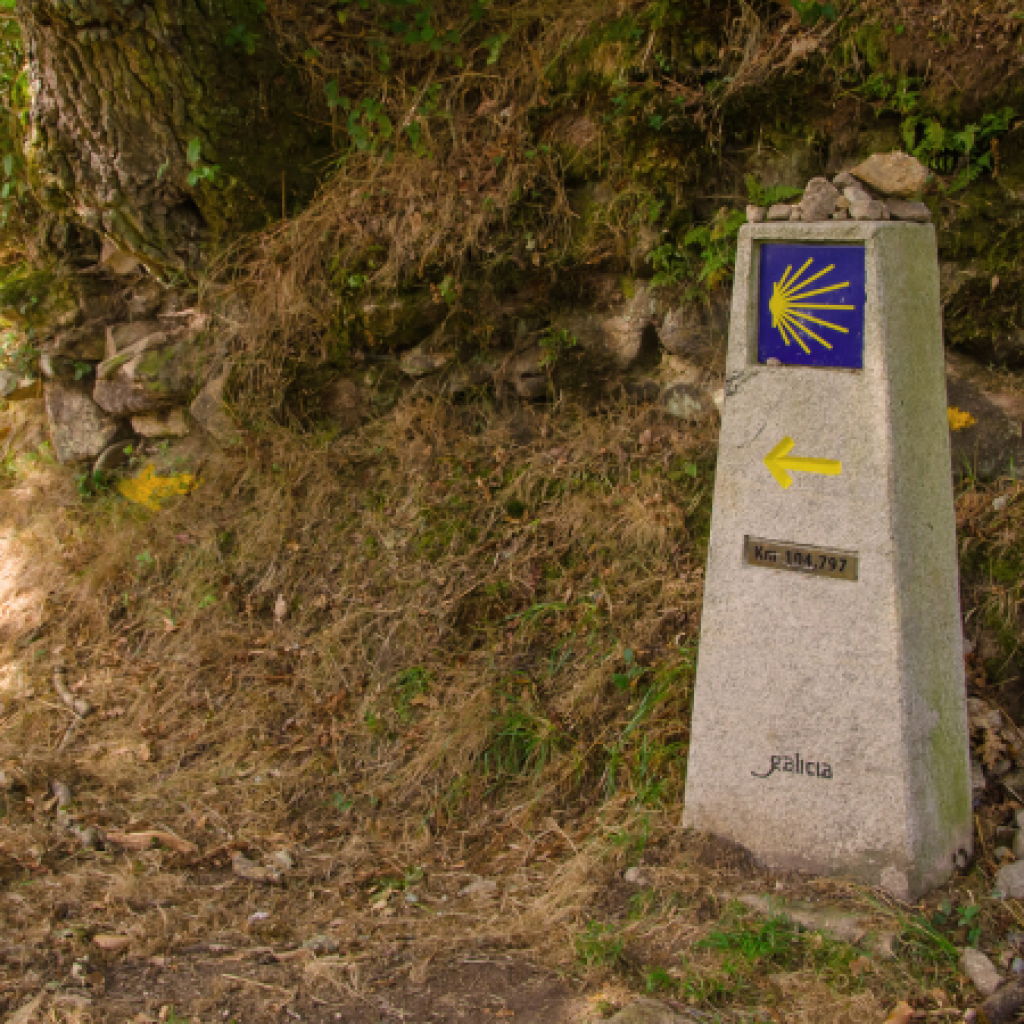HOW DIFFICULT IT IS.

First of all, if you did not know, the Camino de Santiago is formed by a network of routes, with different levels of difficulty and lengths, and with the common purpose that all routes lead to the impressive and beautiful Santiago de Compostela (except for the Finisterre Way which starts in Santiago and ends in Cape Finisterre, ‘the end of the world’).
No matter which section you choose, you will be walking 5-6 days in a row, at the very least, to complete your journey, particularly if you plan to walk the minimum 100 km needed to be eligible for your Compostela. Every one of these days, you will be walking 20-25 km on average. Sometimes less, sometimes more, but this is not something most people are used to.
One of the most typical difficulties has to do with the kind of terrain that will have to be faced. Ant it may change all along the way. Find here the most common types of Camino terrain that you’ll experience:
Dirt track:
This is the best terrain for hikers. On most Camino routes, you will have a minimum of 50% of dirt tracks. Some of them between fields, some of them in small vineyards and some in forests.
These are usually the most pleasant to walk, bringing you closer to nature and taking you away from traffic. The downside is there are usually fewer spots to stop for coffee/toilet break! You have to know what you want.
Country road
As you walk on long-distance trails like the Camino, you will come across a variety of city-making (architecture), but a fair bit of the routes are on tertiary/country roads linking smaller towns and villages. They are usually quiet enough and have dedicated footpaths, although not 100% of the time. But nevertheless, on the Camino, these are extensively used by walkers so you will not feel alone joining the many people on their journey.
Mountain track
As the ascent/descent gets steeper, you will come across some rougher terrain underfoot with stones and rocks. This usually comes with a greater amount of uphill/downhill walking and presents a challenge. If it helps, I find it comes with greater landscapes too!
Highway
Pilgrims over the centuries simply chose the easiest way to go from town to town. A bit like mountain tracks – which always makes me wonder “who created this?” – the Camino follows the main trade routes going from town to town. The only issue is that in the past 50-70 years, with the expansion of cars and trucks, roads have become greater in number and size.
So, there is a certain amount (3-10%) of the Camino that is along bigger two-lane roads and highways. These are more common as you get into big cities (Leon, Porto, etc) although local authorities are trying to find new ways in.
Anyway, these are not uncommon but usually only last for an hour or two here and there on a one week trip.
From an article by Followthecamino.
Highly recommended by HOSTAL GAU TXORI: comfortable accommodation, nice and traditional food and a wonderful natural landscape as you pass by Zubiri.
PS- we take all the security and hygiene measures to face the covid 19.



